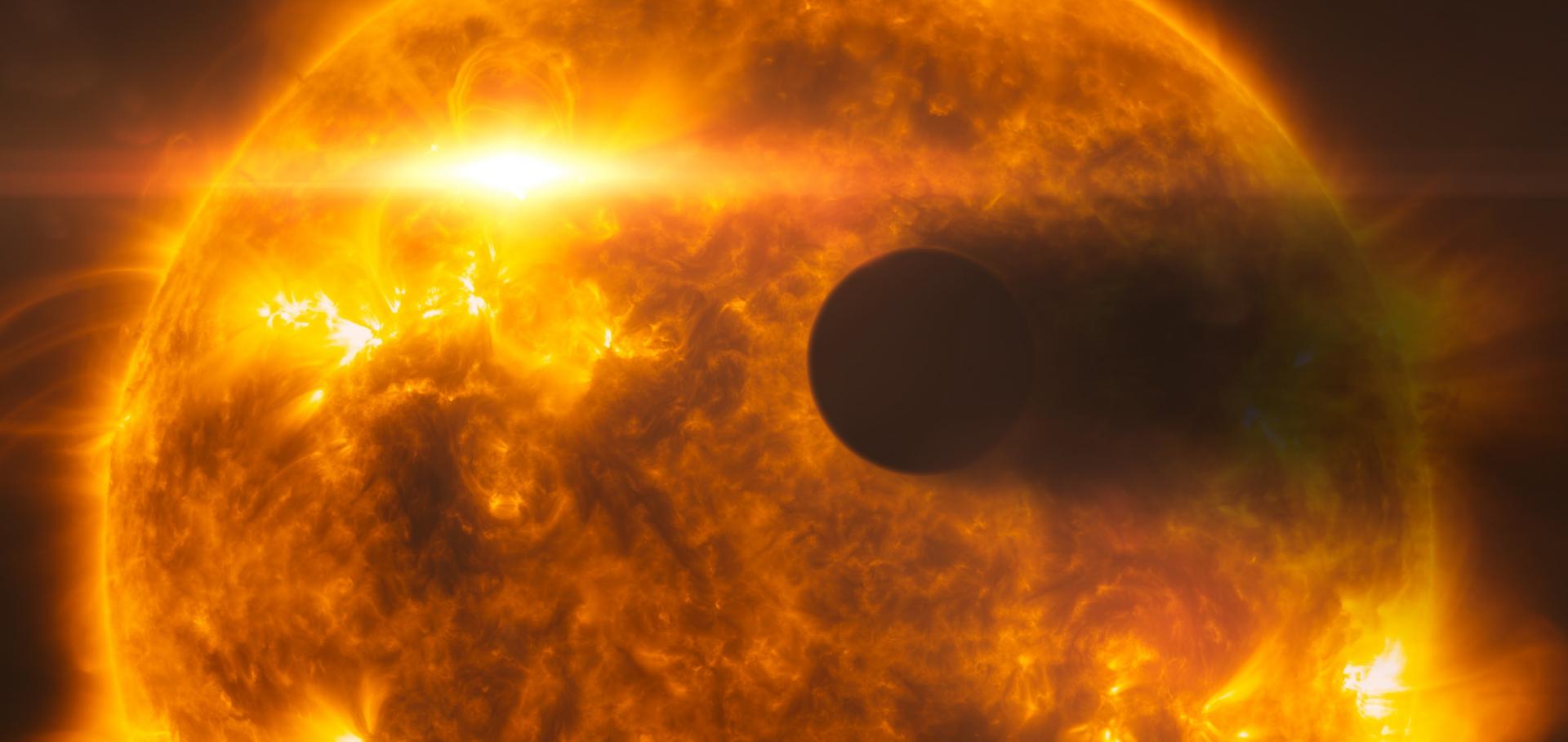WASP-1b and WASP-2b: Two new transiting exoplanets detected with SuperWASP and SOPHIE
(2006)
The Monitor project: Rotation of low-mass stars in the open cluster M34
(2006)
Monitor: Transiting planets and brown dwarfs in star forming regions and young open clusters
Astronomische Nachrichten 327:1 (2006) 9-13
Abstract:
The Monitor project** is a large scale photometric monitoring survey of ten star forming regions and open clusters aged between 1 and 200 Myr using wide-field optical cameras on 2-4 m telescopes worldwide. The primary goal of the project is to search for close-in planets and brown dwarfs at young ages through the detection of transit events. Such detections would provide unprecedented constraints on planet formation and migration time-scales, as well as on evolutionary models of planets and brown dwarfs in an age range where such constraints are very scarce. Additional science goals include rotation period measurements and the analysis of flares and accretion-related variability. © 2006 WILEY-VCH Verlag GmbH & Co. KGaA.The Monitor project: Rotation of low-mass stars in the open cluster M34
Monthly Notices of the Royal Astronomical Society 370:2 (2006) 954-974
Abstract:
We report on the results of a V- and i-band time-series photometric survey of M34 (NGC 1039) using the Wide Field Camera (WFC) on the Isaac Newton Telescope (INT), achieving better than 1 per cent precision per data point for 13 lsim; i ≲ 17. Candidate cluster members were selected from a V versus V - I colour-magnitude diagram over 14 < V < 24 (0.12 ≲ M/M⊙ 1.0), finding 714 candidates, of which we expect ∼400 to be real cluster members (taking into account contamination from the field). The mass function was computed, and found to be consistent with a lognormal distribution in dN/d log M. Searching for periodic variable objects in the candidate members gave 105 detections over the mass range 0.25 < M/M⊙ < 1.0. The distribution of rotation periods for 0.4 < M/M⊙ < 1.0 was found to peak at ∼7 d, with a tail of fast rotators down to periods of ∼0.8 d. For 0.25 < M/M⊙ < 0.4 we found a peak at short periods, with a lack of slow rotators (e.g. P ≳ 5 d), consistent with the work of other authors at very low masses. Our results are interpreted in the context of previous work, finding that we reproduce the same general features in the rotational period distributions. A number of rapid rotators were found with velocities ∼ a factor of 2 lower than in the Pleiades, consistent with models of angular momentum evolution assuming solid body rotation without needing to invoke core-envelope decoupling. © 2006 RAS.The life of stars and their planets
European Space Agency, (Special Publication) ESA SP (2005) 99-104


